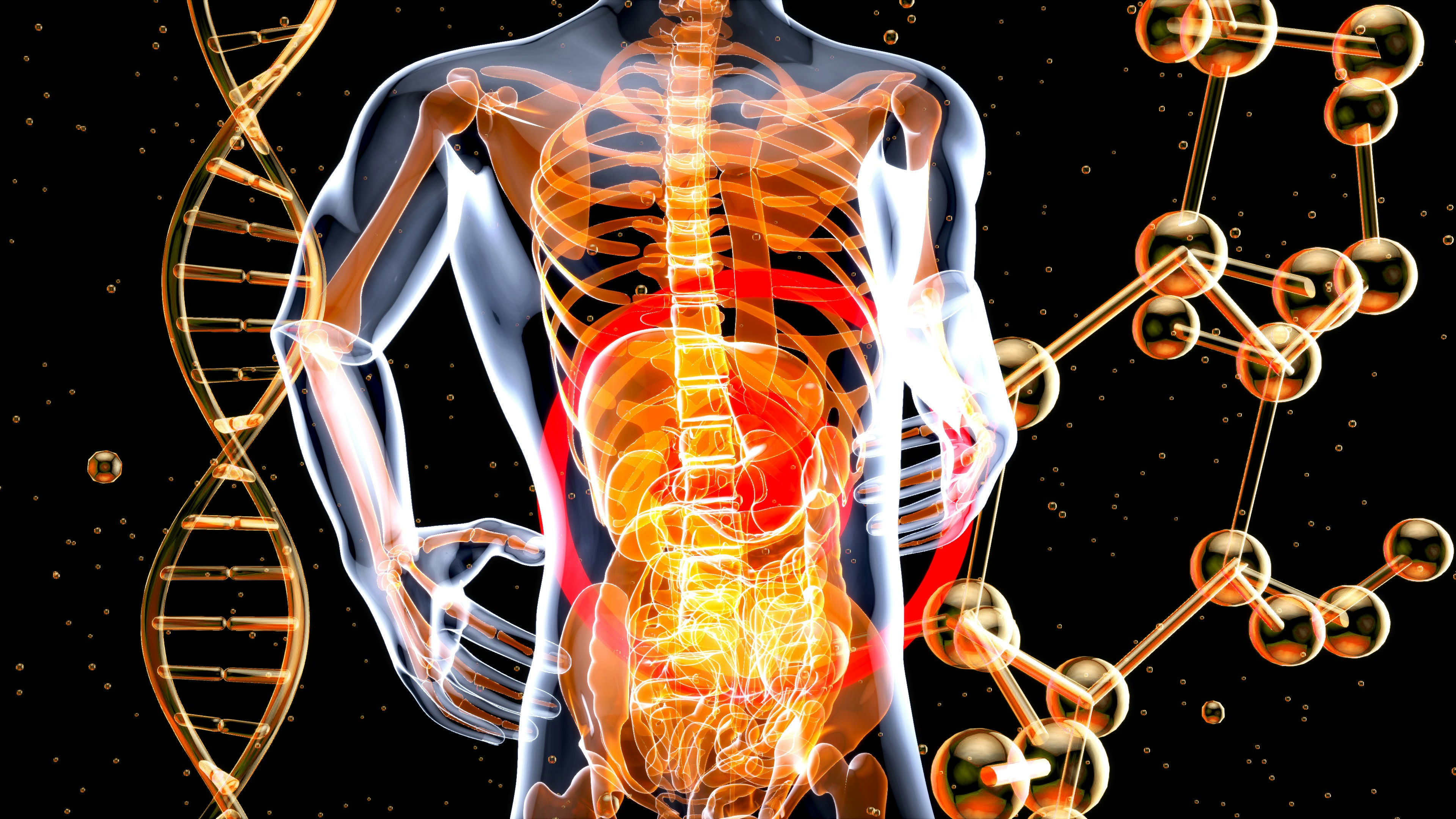Histamine Intolerance: The Underdiagnosed Root Cause of Chronic Symptoms
persistent headaches, digestive distress, skin flare-ups, and unexplained anxiety create a cycle of frustration. Conventional medicine often attributes these symptoms to stress, allergies, or psychosomatic conditions, leaving patients without effective solutions.
What Is Histamine Intolerance? Understanding Its Role in the Body
Histamine is a biogenic amine involved in immune responses, digestion, and neurological function. The body regulates histamine levels through enzymatic degradation, primarily via DAO in the gut and histamine-N-methyltransferase (HNMT) in tissues. When these enzymes fail to keep up with histamine accumulation, systemic reactions resembling allergic responses occur. Unlike an allergy that activates the immune system, histamine intolerance stems from an enzymatic insufficiency, leading to an array of symptoms across multiple organ systems [Maintz & Novak, 2007].
Recognizing the Symptoms of Histamine Intolerance
Histamine intolerance manifests in diverse ways, making diagnosis challenging. Symptoms often mimic allergies, gastrointestinal disorders, and neurological conditions.
Common Symptoms Include:
Skin Reactions: Flushing, hives, itching, and eczema-like rashes
Digestive Issues: Bloating, diarrhea, nausea, and acid reflux
Neurological Symptoms: Headaches, migraines, dizziness, and anxiety
Cardiovascular Effects: Palpitations, low blood pressure, and irregular heartbeat
Respiratory Symptoms: Nasal congestion, sneezing, and difficulty breathing
Hormonal Imbalances: Worsened PMS, irregular cycles, and hot flashes
Since histamine affects multiple systems, symptoms often fluctuate in severity depending on factors such as diet, stress levels, and gut health [Comas-Basté et al., 2020].
Why Histamine Intolerance is Frequently Misdiagnosed
Traditional medical approaches struggle to diagnose histamine intolerance, as there is no definitive test. Many individuals undergo allergy testing, gastroenterology evaluations, and neurological assessments without pinpointing the cause. Common misdiagnoses include:
Food allergies and sensitivities (despite no IgE-mediated immune response)
Irritable bowel syndrome (IBS), due to overlapping gastrointestinal symptoms
Generalized anxiety disorder, as histamine can impact neurotransmitter balance
While some functional tests, such as histamine and DAO enzyme blood tests, provide clues, their accuracy is limited. Practitioners often rely on an elimination diet combined with symptom tracking to confirm histamine intolerance [Rupa Health, 2024].
What Triggers Histamine Intolerance? Understanding Contributing Factors
Several underlying factors contribute to histamine intolerance, often in combination rather than isolation. Key triggers include:
1. Gut Health Dysbiosis and Inflammation
Leaky gut syndrome impairs DAO production, allowing histamine to enter the bloodstream unchecked.
Small Intestinal Bacterial Overgrowth (SIBO) increases histamine production by gut bacteria, worsening symptoms [Comas-Basté et al., 2020].
2. Nutrient Deficiencies Impacting DAO Function
Vitamin B6, copper, and vitamin C are essential for DAO activity.
Low antioxidant levels lead to mast cell destabilization, increasing histamine release [Jochum, 2024].
3. Dietary Sources of Histamine Overload
Aged cheeses, fermented foods, alcohol, processed meats, and even certain vegetables like tomatoes and spinach contain naturally high levels of histamine.
Histamine-releasing foods like citrus fruits and artificial preservatives exacerbate symptoms.
4. Medication-Induced Histamine Imbalance
Certain NSAIDs, antidepressants, and antihistamines inhibit DAO, contributing to histamine buildup [Maintz & Novak, 2007].
A Functional Medicine Approach to Managing Histamine Intolerance
1. Restoring Gut Health for Histamine Balance
Heal the gut lining with bone broth, collagen, and glutamine supplementation.
Support the microbiome with probiotics that do not produce histamine, such as Lactobacillus rhamnosus and Bifidobacterium infantis.
Address bacterial overgrowth with antimicrobial herbs and digestive enzymes [Rupa Health, 2024].
2. Optimizing DAO Activity Through Nutrition
Increase intake of DAO-supporting nutrients like Vitamin B6, Vitamin C, copper, and quercetin.
Reduce mast cell activation with bioflavonoids and anti-inflammatory herbs.
3. Implementing a Low-Histamine Diet (Temporarily)
Focus on fresh meats, non-citrus fruits, leafy greens, and freshly prepared meals.
Avoid fermented, aged, and processed foods that contribute to histamine overload [Comas-Basté et al., 2020].
4. Stress Management and Detoxification
Chronic stress elevates histamine through cortisol dysregulation.
Support liver detoxification with cruciferous vegetables and hydration.
Conclusion
Histamine intolerance remains an underdiagnosed condition that affects multiple systems in the body. By addressing gut health, nutrition, stress levels, and lifestyle factors, individuals can achieve lasting relief and improved well-being. If you're struggling with unexplained symptoms, it's time to take action.
Schedule a consultation today to uncover the root cause of your symptoms and develop a personalized approach to healing.
Articles
Discover our other articles
Explore our articles to know the best behavior about alimentation and well-being.
























